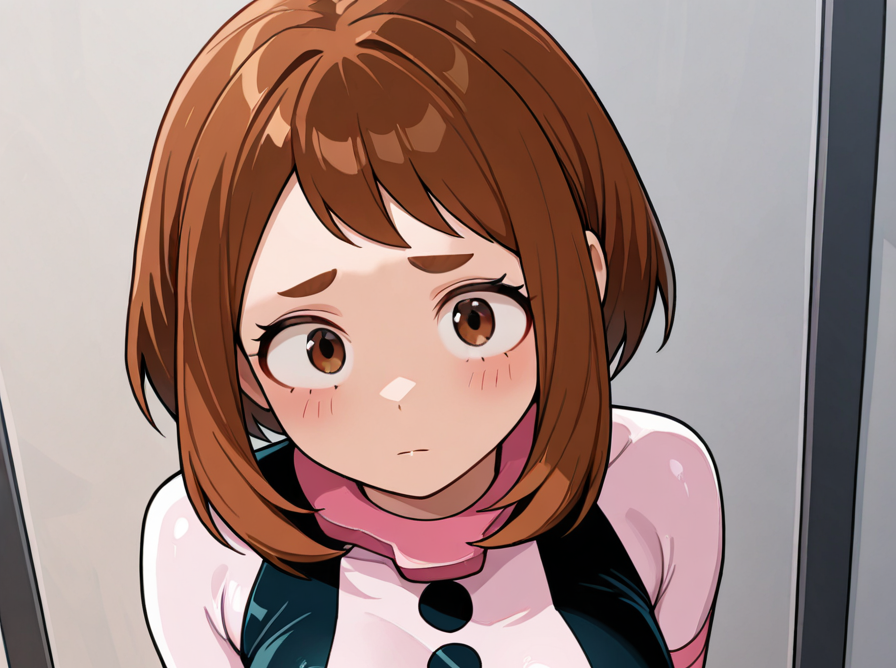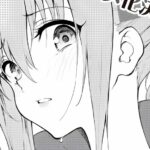What is LoRA?
LoRA (Low-Rank Adaptation) is a method for fine-tuning neural networks that significantly reduces the number of adjustable model parameters while maintaining quality. In the context of Stable Diffusion, LoRA is used to adapt a model to new styles, characters, or objects without requiring full retraining.
Key Features of LoRA:
- Does not modify the base Stable Diffusion model.
- Trains quickly (sometimes within a few hours).
- Has a small file size (typically 10–200 MB instead of gigabytes).
- Can be combined with other LoRA files.
How Does LoRA Work?
Traditional neural network training requires significant computing power and alters millions of model parameters. LoRA takes a different approach:
- Instead of modifying the entire model, LoRA adds extra “layers” (rank matrices).
- These additional layers help the model remember specific images and styles.
- During image generation, LoRA applies these layers to the main model without altering its structure.
This allows Stable Diffusion to quickly adapt to generate images in a specific style or featuring specific characters.
Types of LoRA
LoRA models can be categorized based on their purpose:
- Character LoRA
- Trains the model on images of a specific character (e.g., anime characters, celebrities, original characters).
- Style LoRA
- Transfers the style of an artist, game, comic, or animation. For example, a LoRA model can be trained on Van Gogh’s paintings or Cyberpunk aesthetics.
- Object LoRA
- Enables the model to generate specific objects (cars, weapons, buildings).
- Pose & Composition LoRA
- Trains the model to create specific poses (e.g., dynamic fight stances) or image compositions.
How to Create a LoRA Model?
Dataset Preparation – To train a LoRA model, you need to prepare a dataset of images:
- Collect 10–100+ images with the desired character or style.
- Remove unnecessary elements if possible.
- Resize images to 512×512 (or 768×768 for SDXL).
- Add tags using WD14 Tagger or DeepBooru.
Training Setup
LoRA models are typically trained using kohya_ss (locally) or Google Colab:
- Specify the dataset and corresponding tags.
- Configure training parameters (e.g., number of epochs, rank matrix size).
- Start the training process and obtain a .safetensors file.
How to Use a LoRA Model?
After training or downloading a pre-trained LoRA file, you can integrate it into Stable Diffusion WebUI (AUTOMATIC1111):
- Copy the file to the folder: stable-diffusion-webui/models/Lora/
- Activate LoRA in the prompt: <lora:file_name:weight>, e.g.,<lora:uraraka_ochako:1>
- Parameters:
- LoRA weight (strength) – typically ranges from 0.5 to 1.2 (values above 1.5 may distort the output).
- Multiple LoRA models can be combined, e.g.: <lora:uraraka_ochako:1>,<lora:friren:0.9>
- Parameters:
Where to Download Pre-Trained LoRA Models?
If you don’t want to train a LoRA model yourself, you can download ready-made ones from:
- CivitAI – the largest LoRA model database.
- Hugging Face – hosts many Stable Diffusion models.
- Discord communities and Stable Diffusion forums.
Advantages & Limitations of LoRA
Advantages:
- Small file size (tens to hundreds of megabytes).
- Can be trained even on low-end GPUs.
- Easily combinable with different LoRA models.
- Quickly adapts Stable Diffusion to new characters and styles.
Limitations:
- Requires a high-quality dataset for optimal results.
- May affect the entire image’s style, not just the character.
- Sometimes struggles with complex poses and angles.
Tips for Using LoRA
- Avoid using an excessively high LoRA weight (above 1.5) – this can make the image look unnatural.
- Combine LoRA models with detailed text prompts for better results.
- Experiment with different LoRA versions – not all models perform equally well.
- Use ControlNet or Inpaint to fine-tune LoRA-generated images.
Alternatives to LoRA
If LoRA does not produce the desired results, consider:
- DreamBooth – fully retrains the model on a character (requires more resources).
- Textual Inversion (TI) – uses text embeddings instead of LoRA for customization.
- Hypernetworks – another approach to incorporating new information into the model.
Conclusion
LoRA is a powerful Stable Diffusion adaptation tool that enables rapid integration of new characters, styles, and objects into image generation. It is easy to use and requires far fewer resources than full model retraining.

